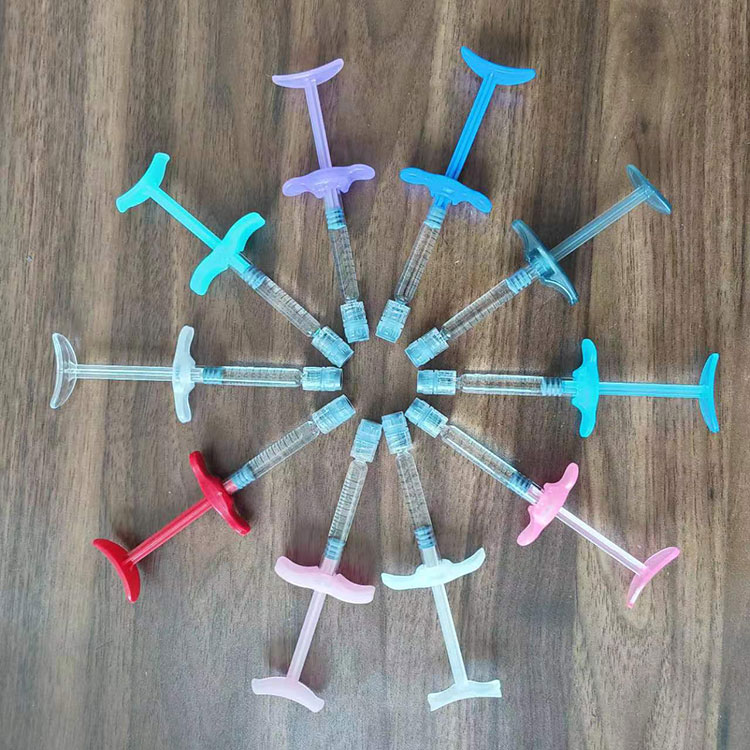
- English
- 简体中文
- Español
- Português
- русский
- Français
- 日本語
- Deutsch
- tiếng Việt
- Italiano
- Nederlands
- ภาษาไทย
- Polski
- 한국어
- Svenska
- magyar
- Malay
- বাংলা ভাষার
- Dansk
- Suomi
- हिन्दी
- Pilipino
- Türkçe
- Gaeilge
- العربية
- Indonesia
- Norsk
- تمل
- český
- ελληνικά
- український
- Javanese
- فارسی
- தமிழ்
- తెలుగు
- नेपाली
- Burmese
- български
- ລາວ
- Latine
- Қазақша
- Euskal
- Azərbaycan
- Slovenský jazyk
- Македонски
- Lietuvos
- Eesti Keel
- Română
- Slovenski
- मराठी
What is the difference between cross-linked hyaluronic acid and ordinary hyaluronic acid?
2025-07-18
Hyaluronic acid (HA), a naturally occurring glycosaminoglycan in the human body, is known for its excellent water retention and lubrication properties, and plays a key role in tissues such as the skin, joints, and eyes. However, the molecular structure of ordinary hyaluronic acid injected directly into the body is relatively loose and linear, and it will be quickly decomposed and metabolized by hyaluronidase in the body and diluted with the diffusion of tissue fluid. Therefore, the retention time of ordinary hyaluronic acid in the body is very short, which may only last for a few hours to a few days, and its effectiveness as a filler or long-lasting moisturizer is greatly reduced. This obvious limitation has prompted the need for physical or chemical modification of hyaluronic acid.
In order to overcome the easy degradation of ordinary hyaluronic acid, scientists have developed cross-linking technology. Cross-linked hyaluronic acid is to introduce stable covalent bonds or physical network structures between the long-chain molecules of ordinary hyaluronic acid through specific chemical reagents or physical methods. This process is like adding many firm "connection points" to the originally loose ball of thread, weaving these threads tightly into a tougher and more elastic three-dimensional network. This cross-linking process significantly changes the physical and chemical properties of hyaluronic acid, making its molecular structure denser and stronger, thereby greatly enhancing its resistance to enzymatic hydrolysis.
It is this fundamental difference in the intrinsic structure that determines the huge difference between cross-linked hyaluronic acid and ordinary hyaluronic acid in clinical application effects. Cross-linked hyaluronic acid has excellent resistance to biodegradation and physical diffusion in the body, so its effect can last for several months or even more than a year. This excellent durability makes cross-linked hyaluronic acid an ideal material for many medical beauty and clinical treatment fields such as tissue filling, joint cavity lubrication injection, and long-term skin moisturizing. In contrast, uncross-linked ordinary hyaluronic acid is more suitable for superficial dermal injection to quickly increase skin moisture, or as eye drops, wound dressings and other application scenarios that require rapid metabolism and replenishment. In short, cross-linking technology gives hyaluronic acid unprecedented stability and durability, greatly expanding its application potential and value.



